Have you ever wondered how those little gardens in glass jars, called terrariums, manage to keep their air fresh and clean?
If you ever want to make your own terrarium, you’ll find some fine steps here. We’ll Find the fascinating terrariums and find out why they don’t run out of air.
Terrariums are like small ecosystems enclosed in glass containers.
They contain plants, soil, and sometimes small decorations, all sealed inside a glass jar or vase.
Despite being sealed, terrariums don’t consider it a problem because they have a simple way of recycling the air.
Plants, as you might know, need carbon dioxide to breathe, just like we do.
They take in carbon dioxide and release oxygen during photosynthesis, which is like their way of breathing out.
Let’s get to know about them in detail.
1. Ensuring Adequate Ventilation
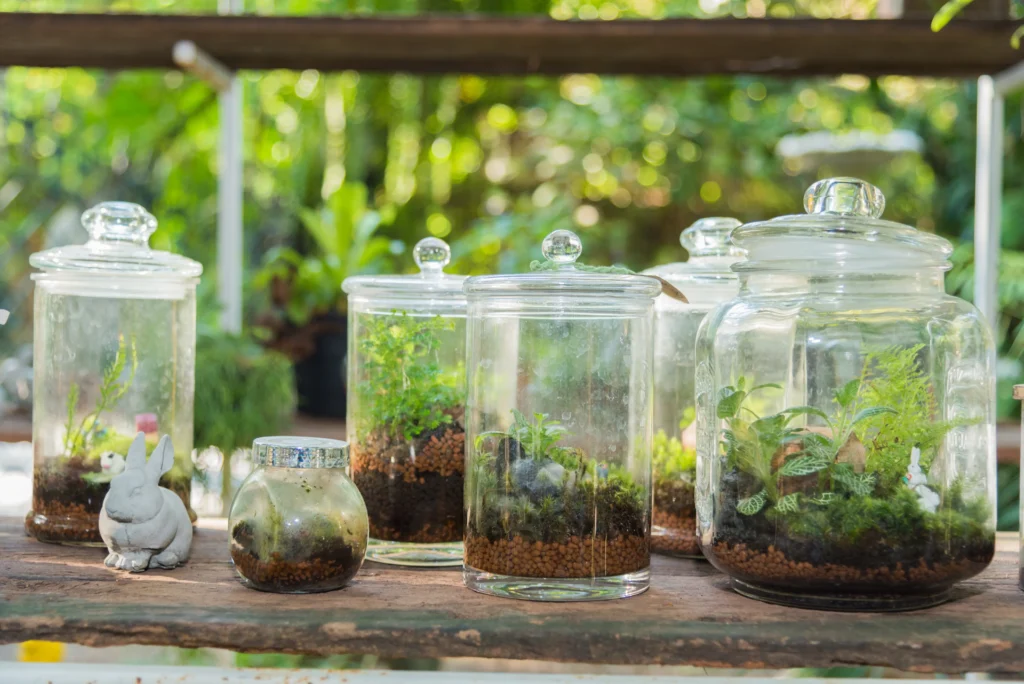
To keep the air fresh and healthy inside your terrarium, you need to add some openings in the right places.
These openings do a few important jobs, like letting in new air and keeping the temperature and moisture levels in check.
This helps your plants or creatures stay happy and balanced in their little home.
2. Size and Placement
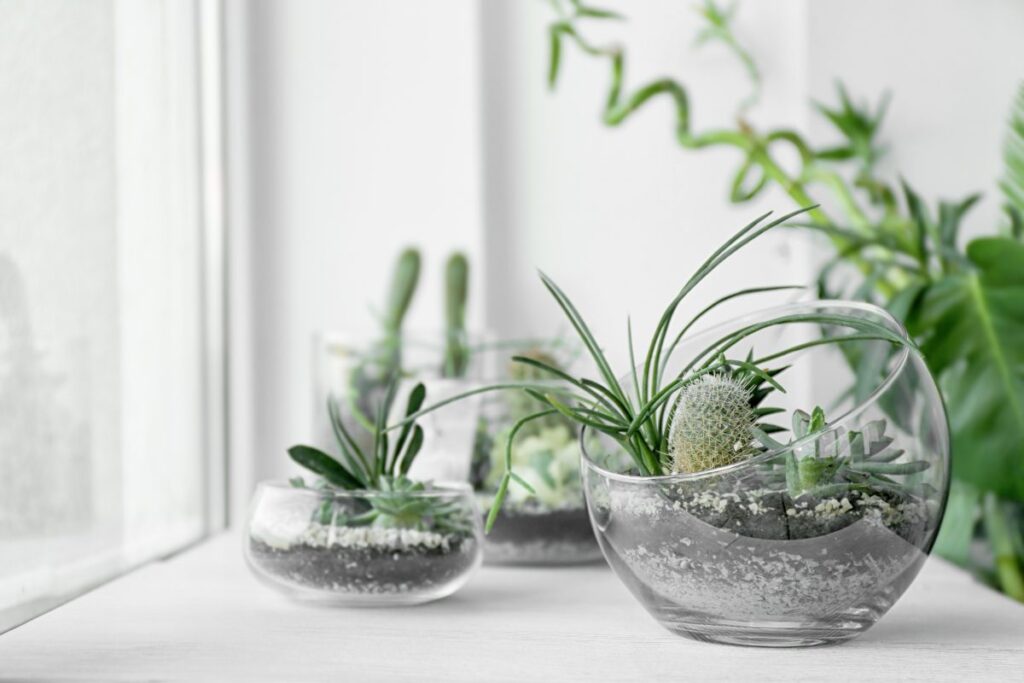
The size and location of ventilation openings are important for keeping the air right in a room.
We need to think about these things to make sure the air flows well without making the room too wet.
- Ventilation Opening Size: The size of the holes where air comes in is really important. Smaller openings, put in the right spots, can work well to get the air moving the way you want.
- Smart Placement: Where you put these holes is a big deal. Putting them quietly up high in the room can be a good choice to let the air flow naturally.
- Avoiding Too Much Air: You must be careful not to let in too much air. Too much airflow can cause the room to lose moisture too quickly, which might not be good for its comfort and health.
3. Selecting the Right Plants

Choose Low-Oxygen Consumers
Choose plants that don’t need a lot of oxygen.
Succulents and air plants are good choices because they can grow with very little oxygen.
Pick plants that are known to do well in places with not much oxygen.
Succulents and air plants are great options because they can be enjoyed in places with little oxygen.
Select plant types that can grow even when there’s little oxygen.
Succulents and air plants are especially good for this.
Monitor Growth
Keep an eye on your terrarium plants regularly. If they get too close together, carefully remove some extras. This helps fresh air flow in the terrarium, keeping your plants healthy.
4. Proper Watering Techniques
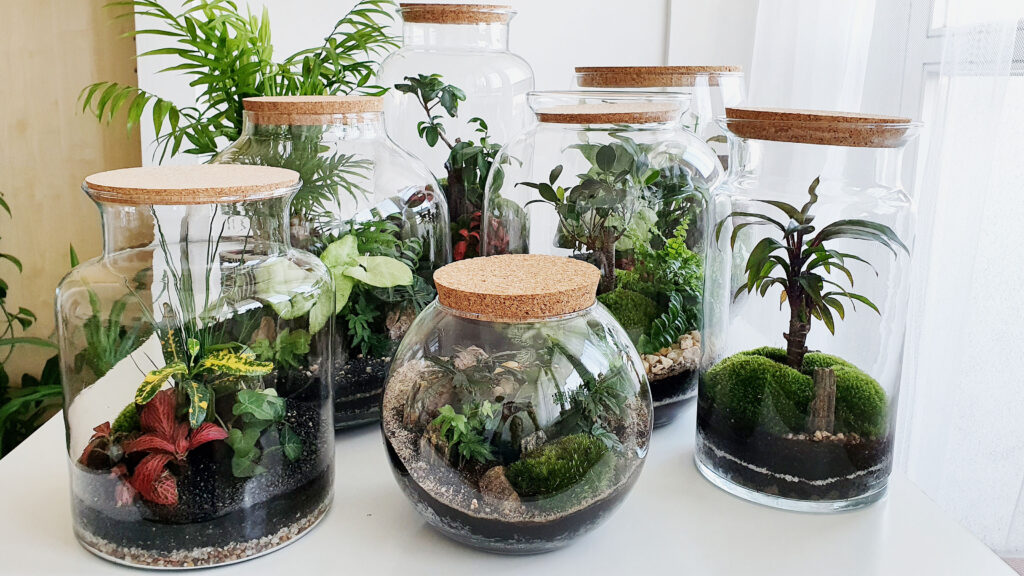
Avoid Overwatering
Watering Your terrarium needs careful attention to avoid too much water. Too much water reduces the air in the soil.
To keep your terrarium healthy, water it regularly, but be careful not to flood it
Use a Spray Bottle
Instead of pouring water directly, use a spray bottle to moisten the soil and plants gently. This method helps maintain moisture without overwhelming the terrarium.
5. Substrate and Drainage
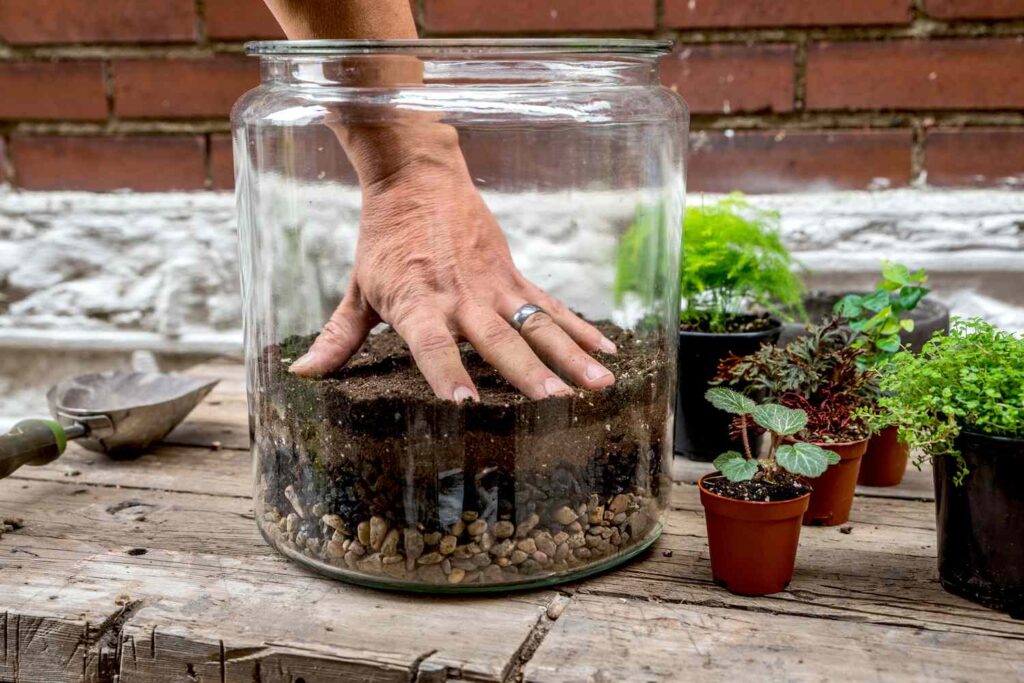
Quality Substrate
Use the best base material that encourages efficient water drainage and stops waterlogging. An effective draining substrate facilitates the swift removal of surplus water, ensuring an adequate oxygen supply to the plants and preventing suffocation due to water saturation.
Layering Technique
The machine is a layering technique in your terrarium with gravel or activated charcoal at the bottom. This acts as a filtration system, ensuring that the water doesn’t become natural.
6. Controlling Humidity Levels
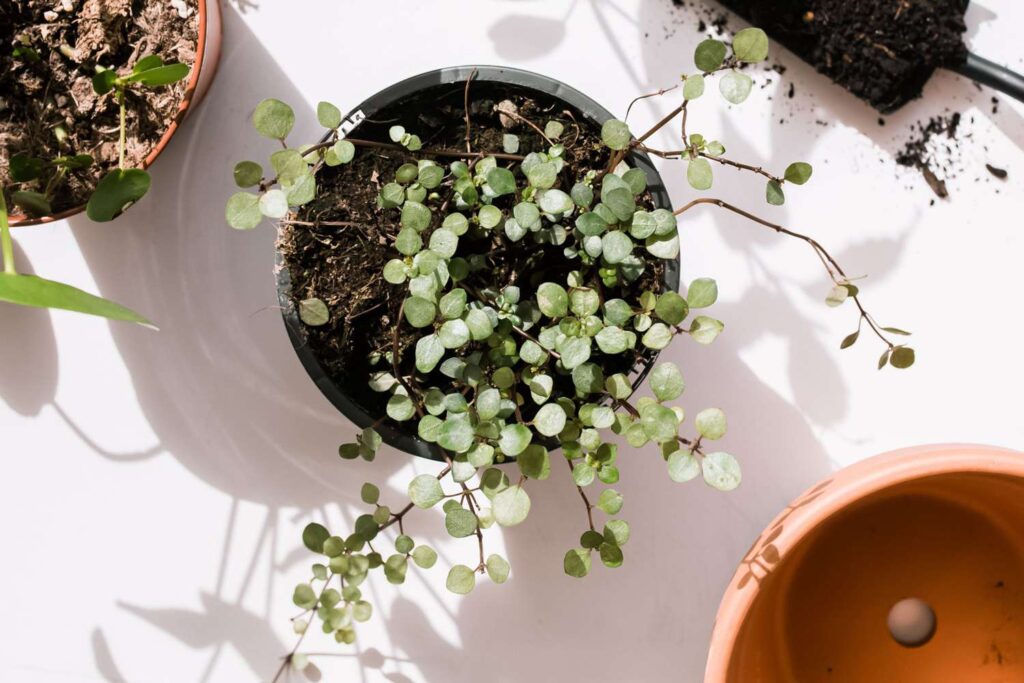
Monitor Humidity
Terrariums grow in places with lots of moisture, but too much humidity can make water droplets and reduce the air we need. It’s important to check the moisture and make changes as needed regularly.
Ventilation Schedule
Create a ventilation schedule to release excess humidity. This can be as simple as opening the terrarium lid briefly each day.
Figure out The Best Time
Start by checking what your plants and critters in the terrarium need. Different types of plants and creatures have different levels of humidity. Look up each one to find out how much humidity they like and how much fresh air they need. This step will help you make a plan for when to take care of them.
7. Avoiding Direct Sunlight

Direct sunlight can make your terrarium too hot and harm the air inside.
To keep your terrarium in good shape, put it where it gets softer, with filtered sunlight instead of the direct kind.
This will help fix the temperature and create a better home for your terrarium’s creatures.
Conclusion
Terrariums are like small greenhouses for plants. They have a special ability to keep the air inside fresh and clean.
How do they do it? Plants, just like us, breathe. They take in carbon dioxide, the gas we don’t need, and give us oxygen, the thing we do need.
Inside a terrarium, this natural process happens smoothly. During the day, the plants release oxygen, and at night, they take in the carbon dioxide we exhale.
It’s similar to a little plant air cycle. The glass or container around the terrarium helps trap moisture.
When water evaporates from the soil and the leaves, it forms small water droplets on the glass, maintaining the right environment.




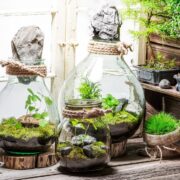


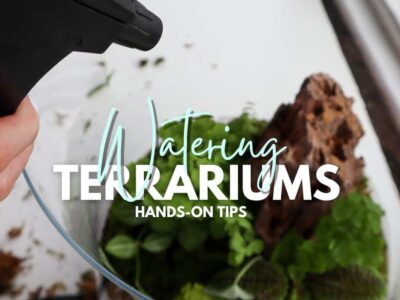
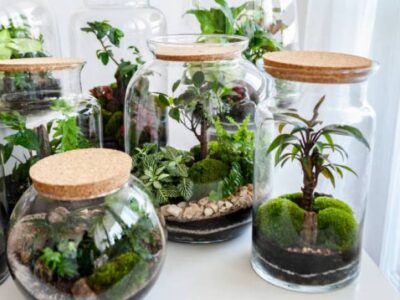

Comments